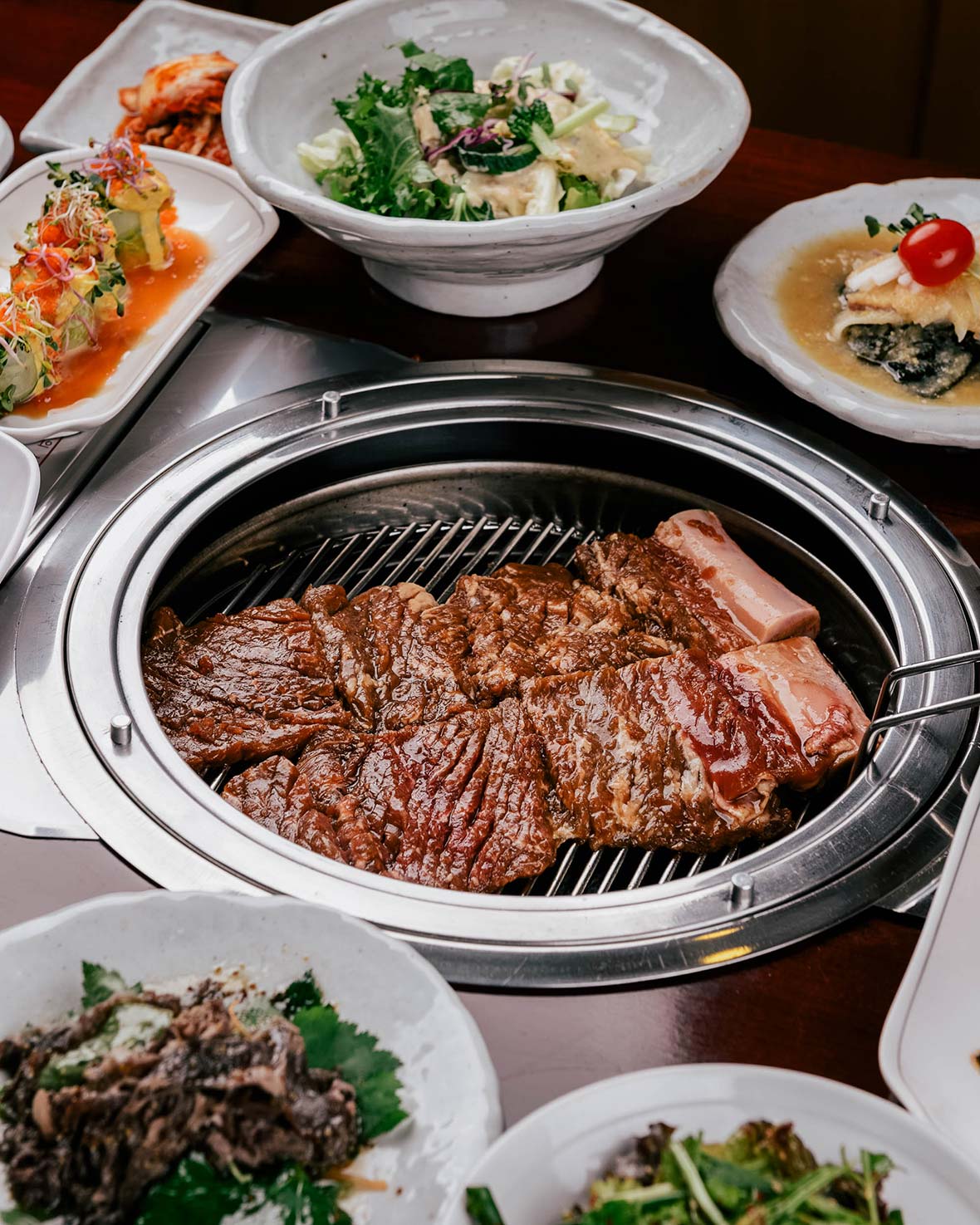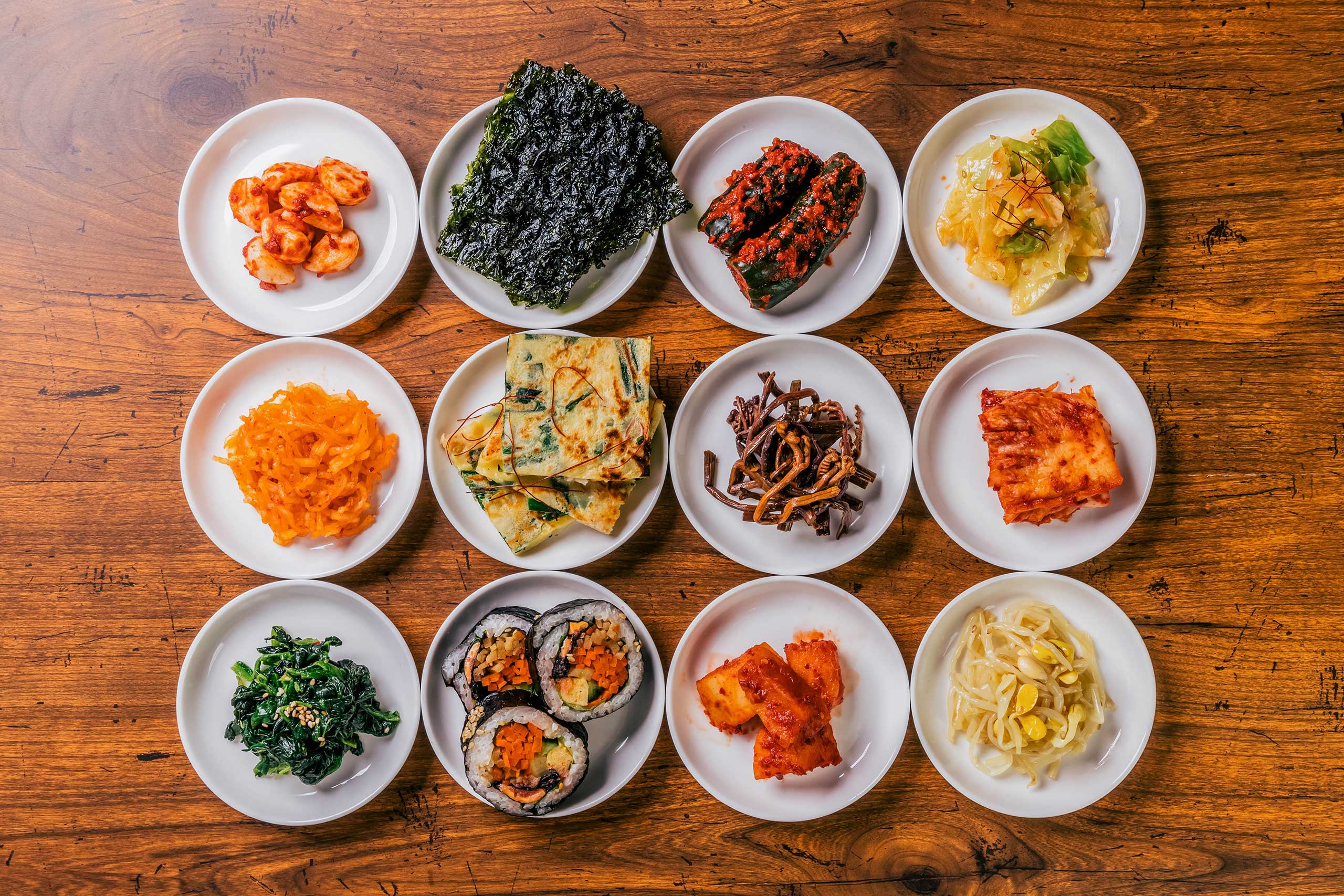
It is fitting that Korean food retains a degree of mystery compared to other great Asian cuisines. This relative obscurity is understandable if only within the context of the country’s once notorious isolationism, a policy that earned it the nickname ‘the Hermit Kingdom’ in the west.

Many culinary-savvy westerners would find it easy to reel off a selection of dishes from neighbors and near neighbors such as Japan, China, Thailand, and even Vietnam. But fare from the Korean peninsula tends to garner less press, with the notable exception of kimchi – a side dish of fermented vegetables, mostly cabbage, ubiquitous on the country’s tables.
South Korea (the communist north remains a proud but impoverished keeper of the isolationist flame) continues to flex its muscles as one of East Asia’s most dynamic and influential societies. And the rest of the world is being increasingly exposed to the myriad wonders of the country’s eating and drinking culture.
There is no easy way of pigeonholing Korean food as it is so varied, but it is noted for being intensely flavored, savory, and bold. Traditional meals are remarkable for the number of side dishes (banchan) accompanying steam-cooked short-grain rice. Kimchi, meanwhile, is a by-product of the Korean art of preserving food by pickling, salting, or fermenting it. Common spices and sauces used in Korean cuisine include sesame oil, chili pepper paste (gochujang), chili pepper flakes (kochukaru), soybean paste (doenjang), soy sauce, garlic, ginger, and scallions.

One of the most unique features of Korean cuisine is the banchan served with every meal. These can number between two and 12 for even everyday dining. And can include anything from kimchi (of which there are over 100 varieties) to items such as sookju namul (bean sprout salad), hobak jun (fried courgette) and pickled fish, pancakes, egg custard, and spicy salads.
Main dishes in Korea are just as diverse as the temptations that precede them and can range from humble soups and stews to elaborate royal court cuisine such as gujeolpan – a grand dish consisting of several different vegetables and meats served with thin pancakes. Other popular items include bibimbap (rice topped with seasoned vegetables, red pepper paste, and usually beef or egg and often both), bulgogi (grilled marinated beef), and galbi – or Korean BBQ – which involves pork or beef ribs being cooked on a metal plate on charcoal in the center of the table.
Koreans can also hold their own when it comes to imbibing. While soju (a clear spirit made mostly with rice but also with sweet potato and barley) is the best-known beverage, the country produces over 100 different alcoholic beverages such as beers, rice and fruit wines, and liquors.
Top 5:





Kimchi: The dish most associated with Korea, kimchi consists of fermented vegetables, napa cabbage, radish, green onions, or cucumber, served with varied seasonings. It is also the main ingredient for many popular Korean dishes, such as kimchi stew, kimchi soup, and kimchi fried rice.
Bibimbap: Meaning ‘mixed meal’, this signature dish involves a bowl of white rice topped with sautéed and seasoned vegetables and gochujang (chili pepper paste). A raw or fried egg and sliced beef are common additions.
Doenjang jjigae: A hearty stew featuring doenjang (soybean paste) as its main ingredient, this is generally served as a main course or served alongside a meat dish. Other ingredients include vegetables, shellfish, tofu, and mussels, shrimp, and anchovies.
Galbi: Meaning ‘ribs’ in Korean, galbi is more commonly known as Korean BBQ in other parts of the world. It usually consists of beef or pork ribs marinated in soy sauce, garlic, and sugar. These are grilled at the table and served with lettuce and dipped in ssamjang – a sauce made of fermented bean paste and red pepper paste.
Tteok: These are Korean rice cakes made with glutinous rice flour by steaming. Common ingredients for tteok are mung bean, red bean, and sweet red bean paste.

